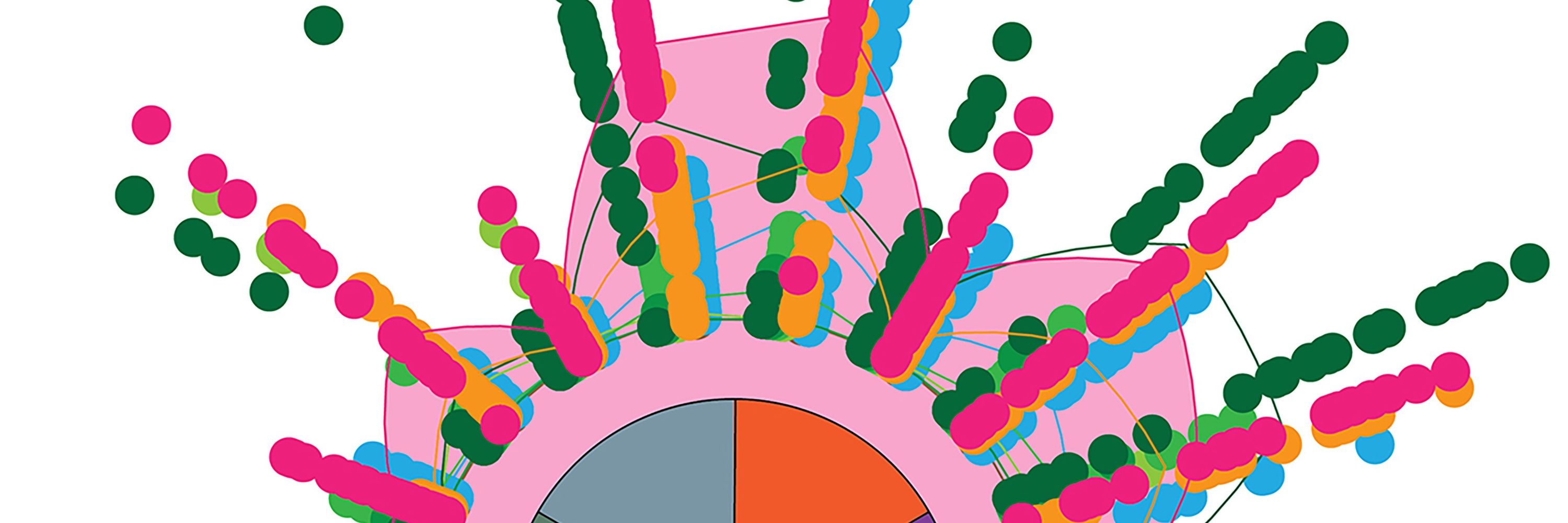
Stanford ➡ Emory
Made in 🇧🇷 🇱🇧 🇺🇸 🏳️🌈
#BYourCell
Is it time to retire the ELISAs for #antibody measurements?
1/4


Is it time to retire the ELISAs for #antibody measurements?
1/4
1. Adas Polo & Lamb (Fatemeh Yousefian and Masoud Ilkhani)
2. Lasagna Bolognese (Alex Nazzari & Matt Stern)
Dessert
1. Mohanthal (Hardy Nariya)
2. Cesta di Frutta @katyely.bsky.social


1. Adas Polo & Lamb (Fatemeh Yousefian and Masoud Ilkhani)
2. Lasagna Bolognese (Alex Nazzari & Matt Stern)
Dessert
1. Mohanthal (Hardy Nariya)
2. Cesta di Frutta @katyely.bsky.social
The 2025 Chef Laureate goes to...


The 2025 Chef Laureate goes to...
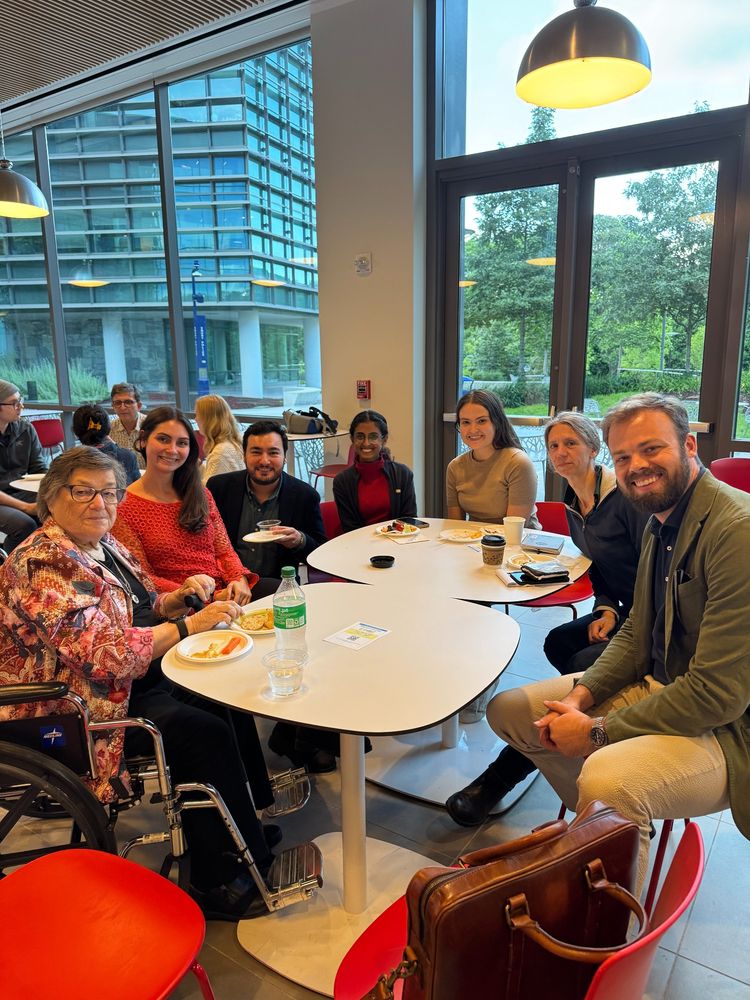

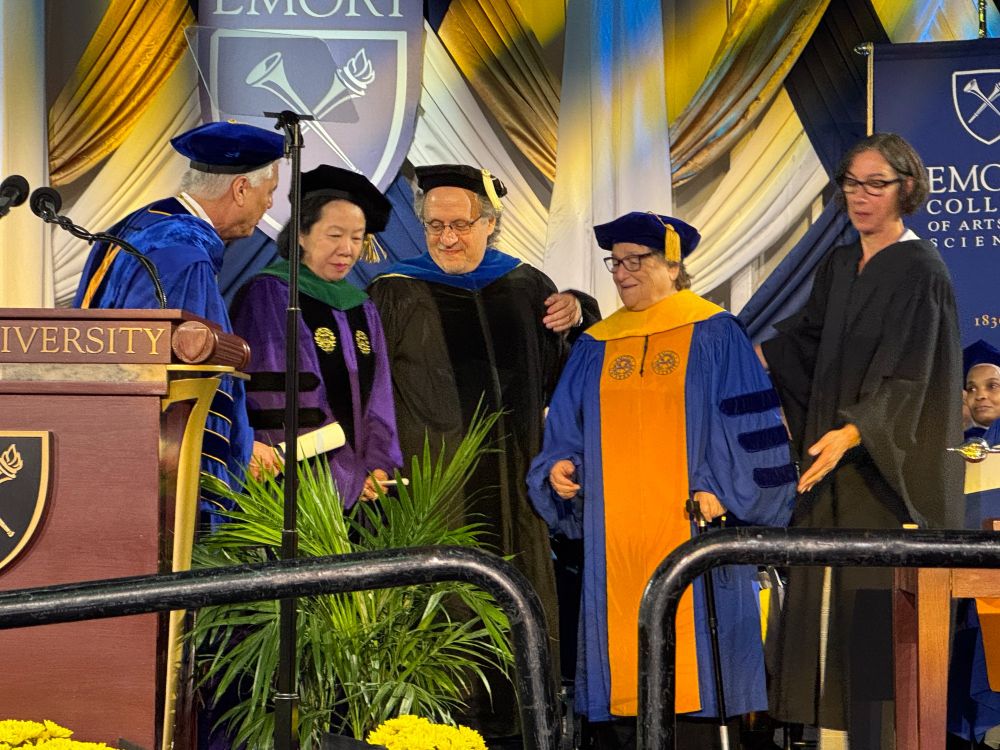
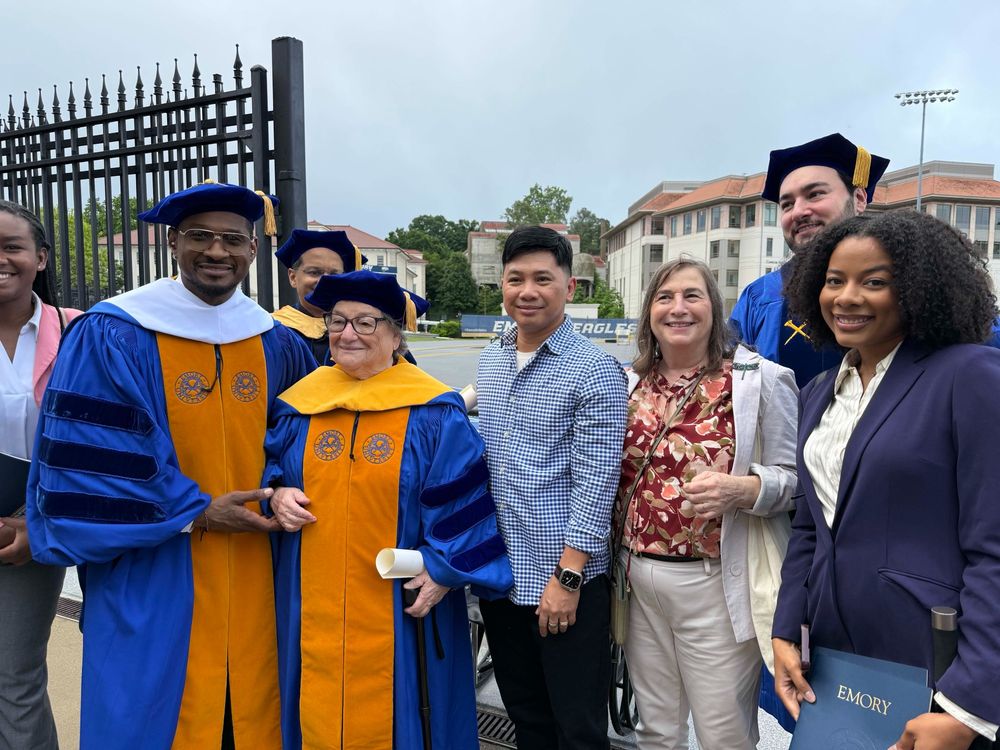
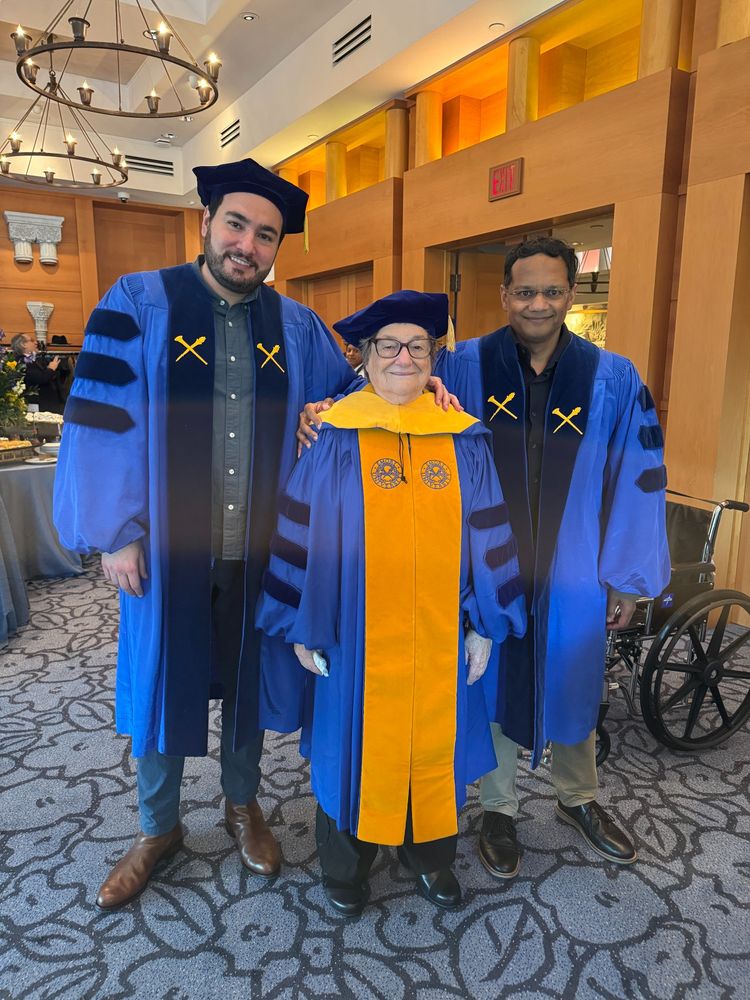
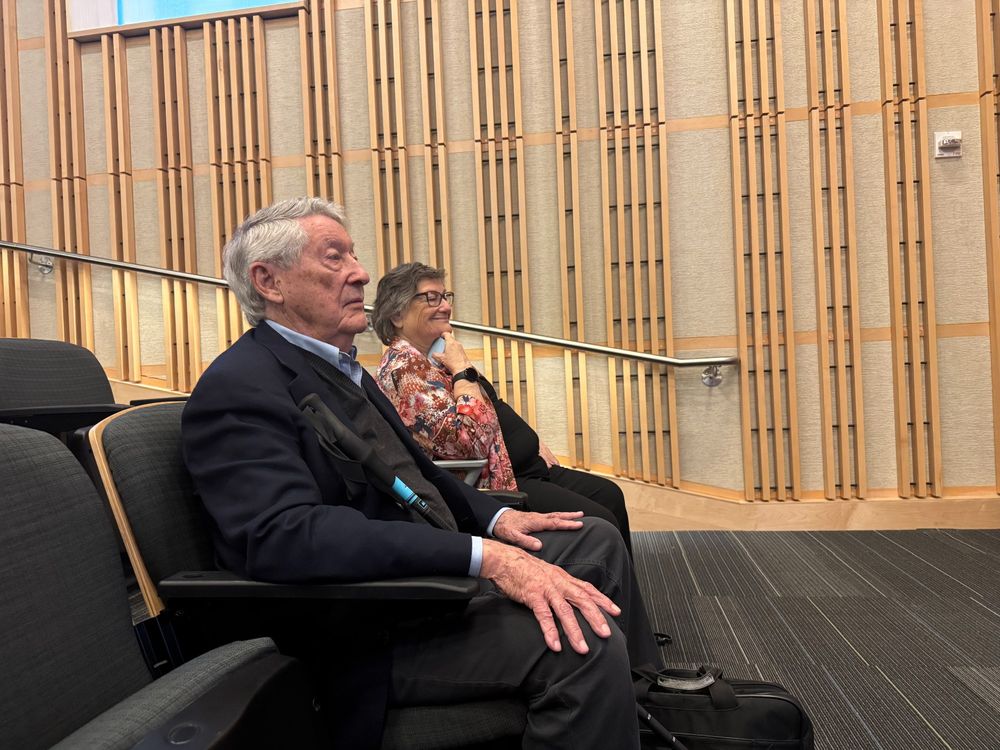

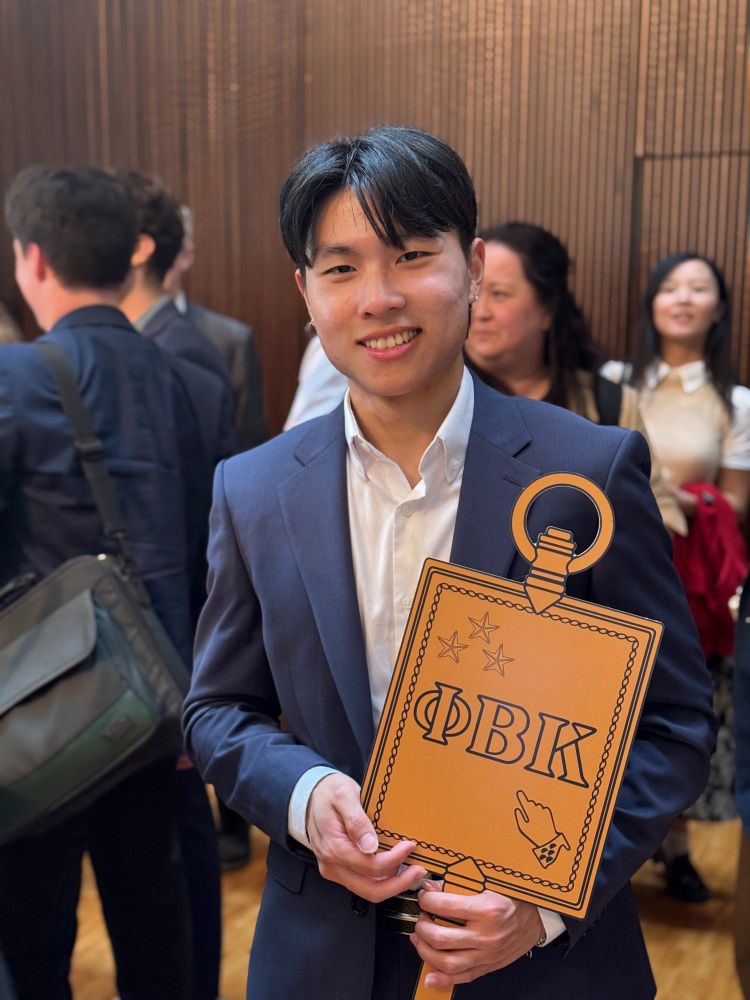




#ImmunoSky 🧪
Join our multi-disciplinary B-cell team @Emory/ATL to lead exciting projects on human immunology funded by the Gates Foundation and the NIH (Position fully funded and not dependent on future grants).
ghosnlab.science/join-us
#BYourCell
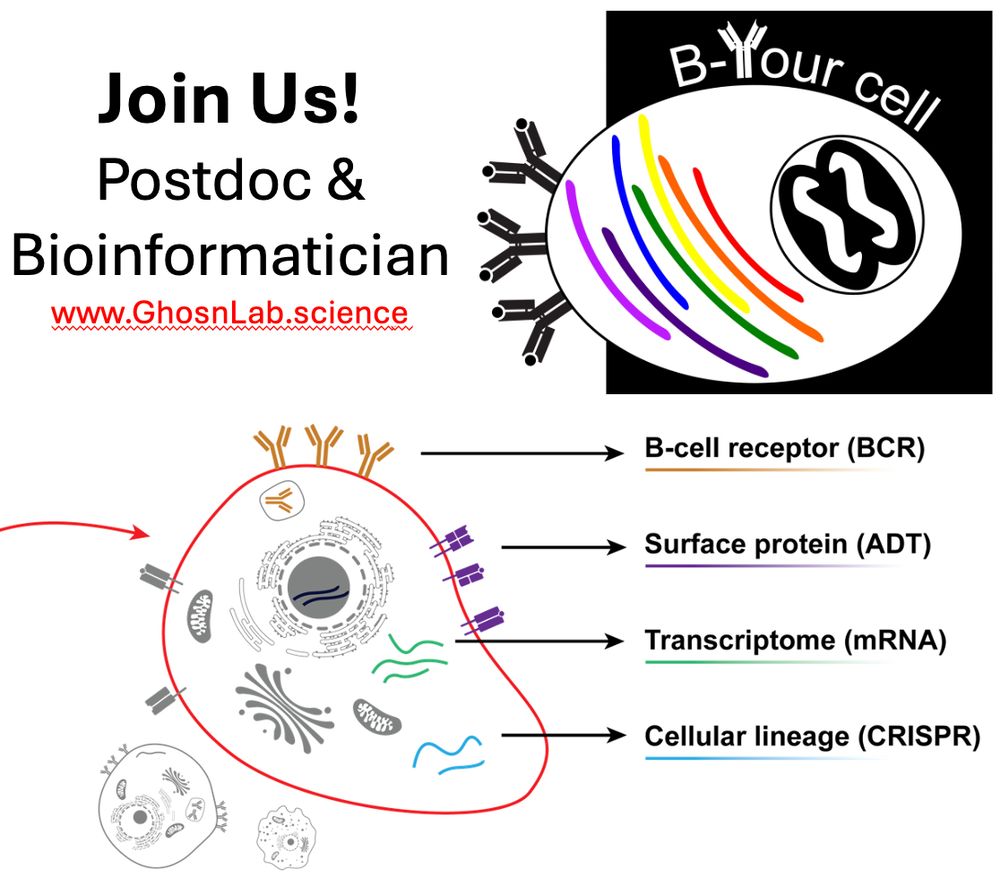
#ImmunoSky 🧪
Join our multi-disciplinary B-cell team @Emory/ATL to lead exciting projects on human immunology funded by the Gates Foundation and the NIH (Position fully funded and not dependent on future grants).
ghosnlab.science/join-us
#BYourCell
Justin joined us as a freshman to develop FlowLITE: a technology to quantify and characterize human antibody isotypes using Flow Cytometry. He used it to show humans produce natural IgA1 before birth! #BYourCell


Justin joined us as a freshman to develop FlowLITE: a technology to quantify and characterize human antibody isotypes using Flow Cytometry. He used it to show humans produce natural IgA1 before birth! #BYourCell
Today, I honor Dr. Lee Herzenberg, a renaissance woman and a pioneer.
#InternationalWomensDay #WomenInScience #IWD
I’ve been fortunate to be mentored by women at home and in science. I met Lee in 2004, and her mentorship profoundly influenced my career and values.


Today, I honor Dr. Lee Herzenberg, a renaissance woman and a pioneer.
#InternationalWomensDay #WomenInScience #IWD
I’ve been fortunate to be mentored by women at home and in science. I met Lee in 2004, and her mentorship profoundly influenced my career and values.

Ben presented his surprising findings on the seemingly protective role of nasal autoantibodies in COVID-19. And his work developing new multi-omics scRNA-seq to study human B cells!
Congratulations, Dr! Well-deserved PhD title!

Ben presented his surprising findings on the seemingly protective role of nasal autoantibodies in COVID-19. And his work developing new multi-omics scRNA-seq to study human B cells!
Congratulations, Dr! Well-deserved PhD title!
#BYourCell #ImmunoSky


#BYourCell #ImmunoSky

Happy holidays from 5 Emory labs! This year we celebrated with friends from Luisa Cervantes-Barragan, Byron Au-Yeung, Chaoran Li, and Matt Woodruff’s labs! Much fun. I’m grateful to work with great people.

Happy holidays from 5 Emory labs! This year we celebrated with friends from Luisa Cervantes-Barragan, Byron Au-Yeung, Chaoran Li, and Matt Woodruff’s labs! Much fun. I’m grateful to work with great people.
Protective Autoantibodies? Contrary to the belief that anti-IFN-α autoantibodies are harmful, nasal IgA1 autoantibodies were associated with fewer symptoms, less systemic inflammation, and robust anti-SARS-CoV-2 antibodies in the nose.

Protective Autoantibodies? Contrary to the belief that anti-IFN-α autoantibodies are harmful, nasal IgA1 autoantibodies were associated with fewer symptoms, less systemic inflammation, and robust anti-SARS-CoV-2 antibodies in the nose.
Anti-IFN-α Autoantibodies Peak after Host IFN-α: Only patients who produced nasal IFN-α developed nasal IgA1 anti-IFN-α. We showed a regulated balance between viral load and subsequent peak IFN-α followed by peak anti-IFN-α.

Anti-IFN-α Autoantibodies Peak after Host IFN-α: Only patients who produced nasal IFN-α developed nasal IgA1 anti-IFN-α. We showed a regulated balance between viral load and subsequent peak IFN-α followed by peak anti-IFN-α.
Blood Autoantibodies are Separate from the Nasal and Associated with Worse Prognosis: Only a third of the patients developed blood anti-IFN-α, which appeared later and were IgG1. Systemic IgG1 persisted and was associated with higher systemic inflammation and worse symptoms.

Blood Autoantibodies are Separate from the Nasal and Associated with Worse Prognosis: Only a third of the patients developed blood anti-IFN-α, which appeared later and were IgG1. Systemic IgG1 persisted and was associated with higher systemic inflammation and worse symptoms.
Viral-induced and Transient Nasal IgA1 anti-IFN-α: More than 70% of mild and moderate cases developed nasal IgA1 anti-IFN-α (after the first PCR+ test), which waned as the patients recovered. Importantly, unlike SARS-CoV-2, mRNA vaccination did not induce anti-IFN-α in the nose.

Viral-induced and Transient Nasal IgA1 anti-IFN-α: More than 70% of mild and moderate cases developed nasal IgA1 anti-IFN-α (after the first PCR+ test), which waned as the patients recovered. Importantly, unlike SARS-CoV-2, mRNA vaccination did not induce anti-IFN-α in the nose.
We developed FlowBEAT to track all eight human antibody isotypes (IgG1-4, IgA1-2, IgM, IgE) against IFN-α subtypes and SARS-CoV-2 proteins over 20 months in the airways and blood of 125 patients with varying disease severity. FlowBEAT distinguished mild, moderate, and severe.

We developed FlowBEAT to track all eight human antibody isotypes (IgG1-4, IgA1-2, IgM, IgE) against IFN-α subtypes and SARS-CoV-2 proteins over 20 months in the airways and blood of 125 patients with varying disease severity. FlowBEAT distinguished mild, moderate, and severe.


